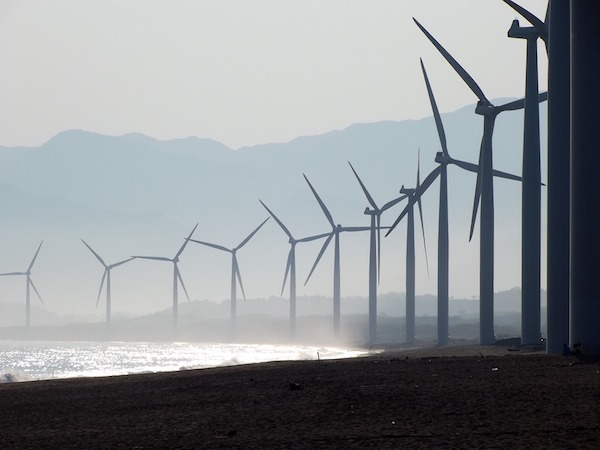Top 10 Things You Didn’t Know About Offshore Wind Energy
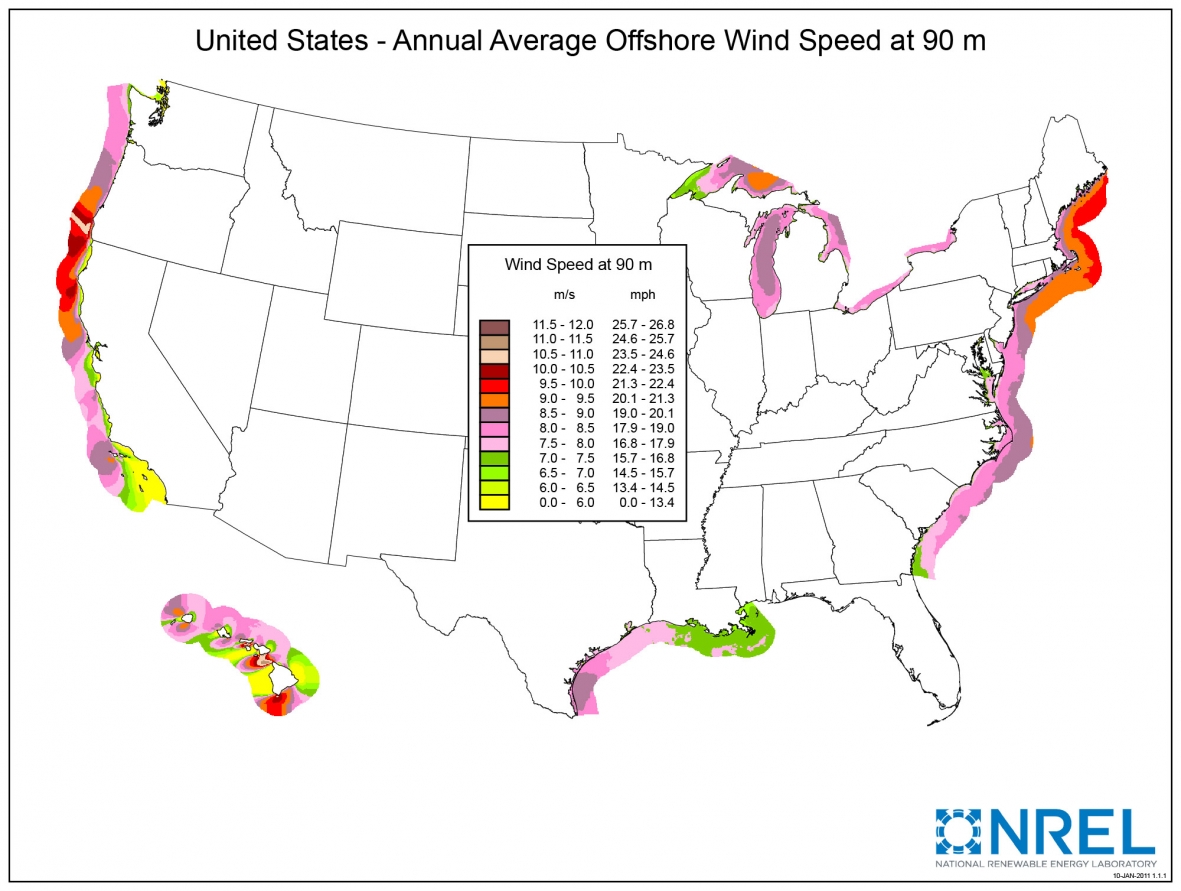
Photo by WINDExchange
10. Offshore Wind Resources Are Abundant: Offshore wind has the potential to deliver large amounts of clean, renewable energy to fulfill the electrical needs of cities along U.S. coastlines. The National Renewable Energy Laboratory estimates that the technical resource potential for U.S. offshore wind is more than 2,000 GW of capacity, or 7,200 terawatt-hours per year of generation.
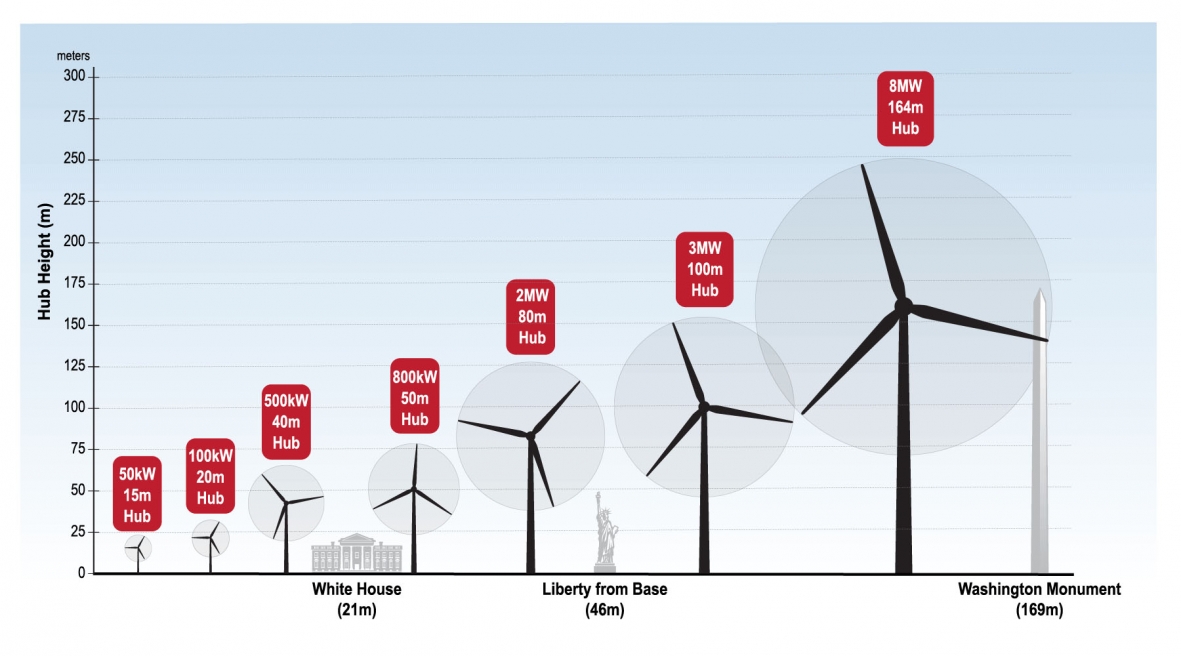
Photo by Josh Bauer, NREL
9. Offshore Wind Turbines Can Be Extremely Tall: In order to capture the abundant wind resources available offshore, offshore turbines can be scaled up to one-and-a-half times the height of the Washington Monument, with blades the length of a football field.
Photo by Jim Green, NREL 16178
8. Offshore Wind Components Are Easier to Transport: Offshore wind turbine components are transported by ships and barges, reducing some of the logistical challenges that land-based wind components encounter, such as narrow roadways or tunnels. These components enable offshore wind developers to build larger turbines capable of producing more electricity; however, working at sea presents its own challenges.
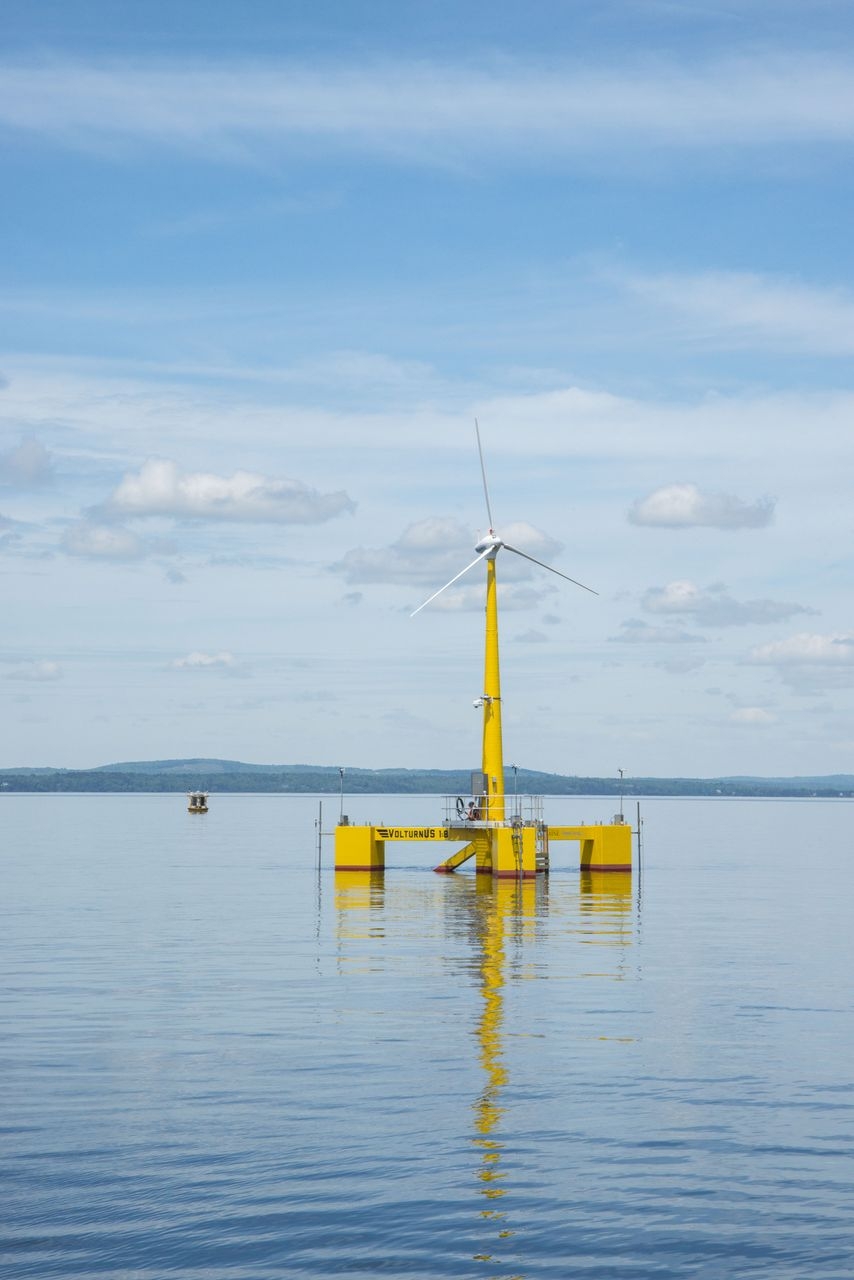
Photo by Universty of Maine, NREL 27466
7. The U.S. Offshore Wind Industry is Ready for Takeoff: The U.S. Department of Energy (DOE) works collaboratively with industry and academia to address research challenges that are unique to U.S. offshore wind (like hurricanes), and to understand and address market barriers such as environmental impacts, logistical challenges, siting and permitting, and infrastructure development. Finally, DOE is also working to demonstrate advanced technologies.
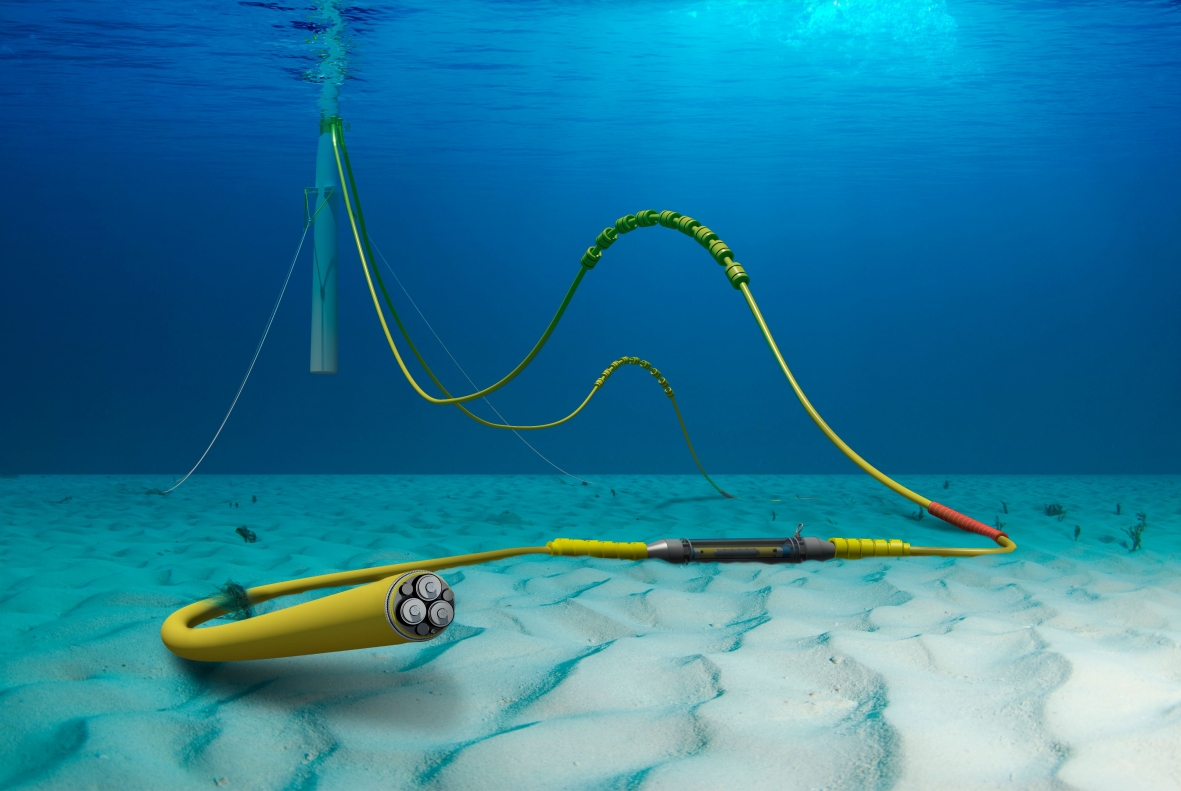
Photo by Josh Bauer, NREL 49057
6. Offshore Wind Farms Use Undersea Cables to Transmit Electricity to the Grid: Electricity produced by offshore wind turbines travels back to land through a series of cable systems that are buried in the sea floor. This electricity is channeled through coastal load centers that prioritize where the electricity should go and distributes it into the electrical grid to power our homes, schools and businesses.
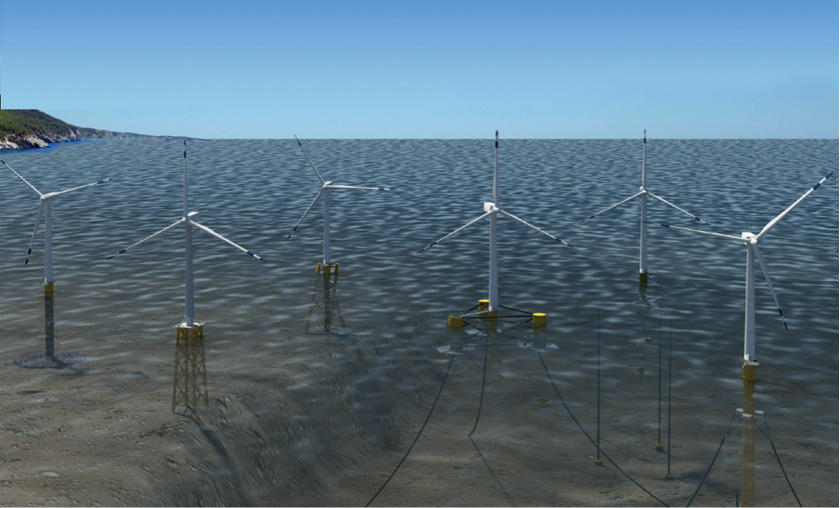
Photo by Josh Bauer, NREL 49055
5. The Majority of U.S. Offshore Wind Resources Are in Deep Waters: The bulk of the nation’s offshore wind resources, about 60 percent, are in areas where the water is so deep that conventional foundations—large steel piles or lattice structures fixed to the seabed—are not practical. U.S. offshore wind projects are developing a variety of different foundations suited to unique conditions at each site.
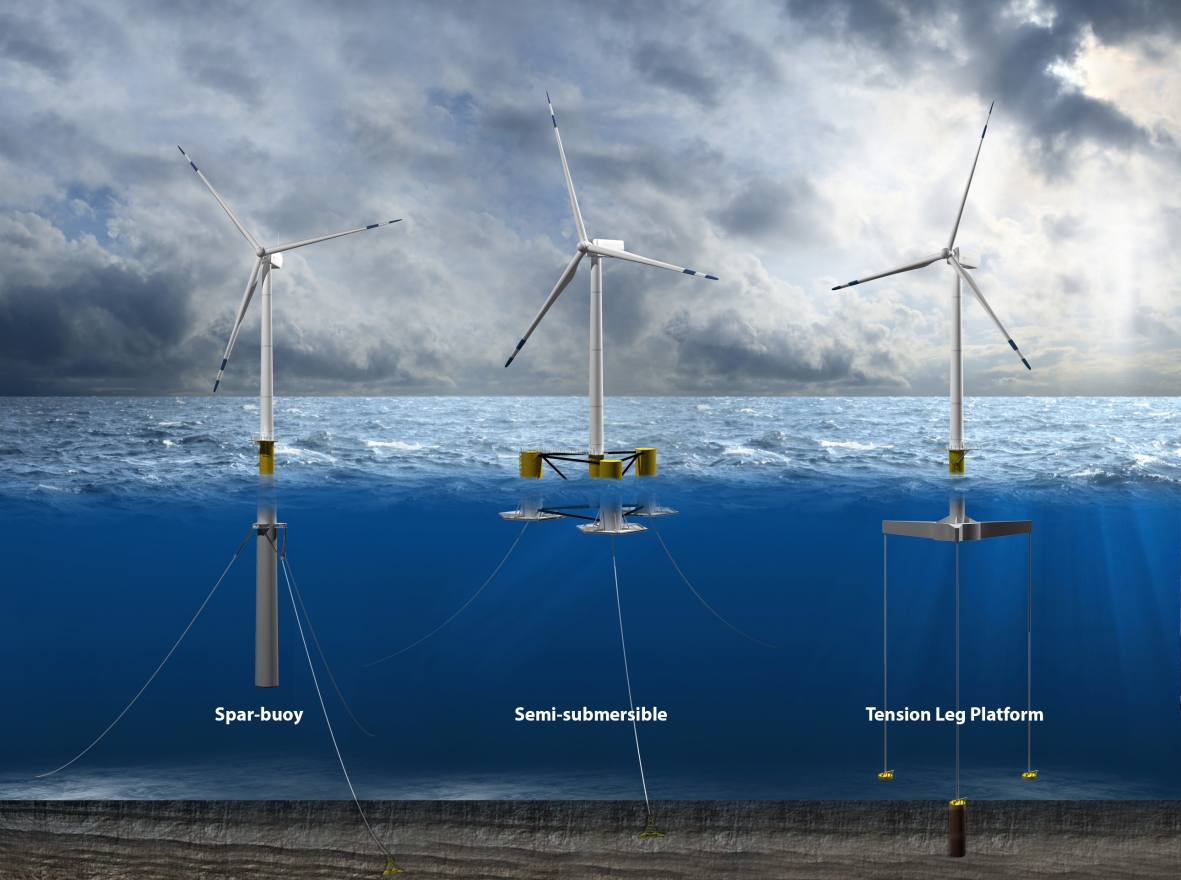
Photo by Josh Bauer, NREL 49054
4. Offshore Wind Turbines Can Float: Several companies are developing innovative floating offshore wind platforms for use in deep waters. Three kinds of floating platforms are spar-buoy, tension leg platform, and semi-submersible.
3. Offshore Wind is Right on Time: Offshore winds are typically stronger during the day, allowing for a more stable and efficient production of energy when consumer demand is at its peak. Most land-based wind resources are stronger at night, when electricity demands are lower.
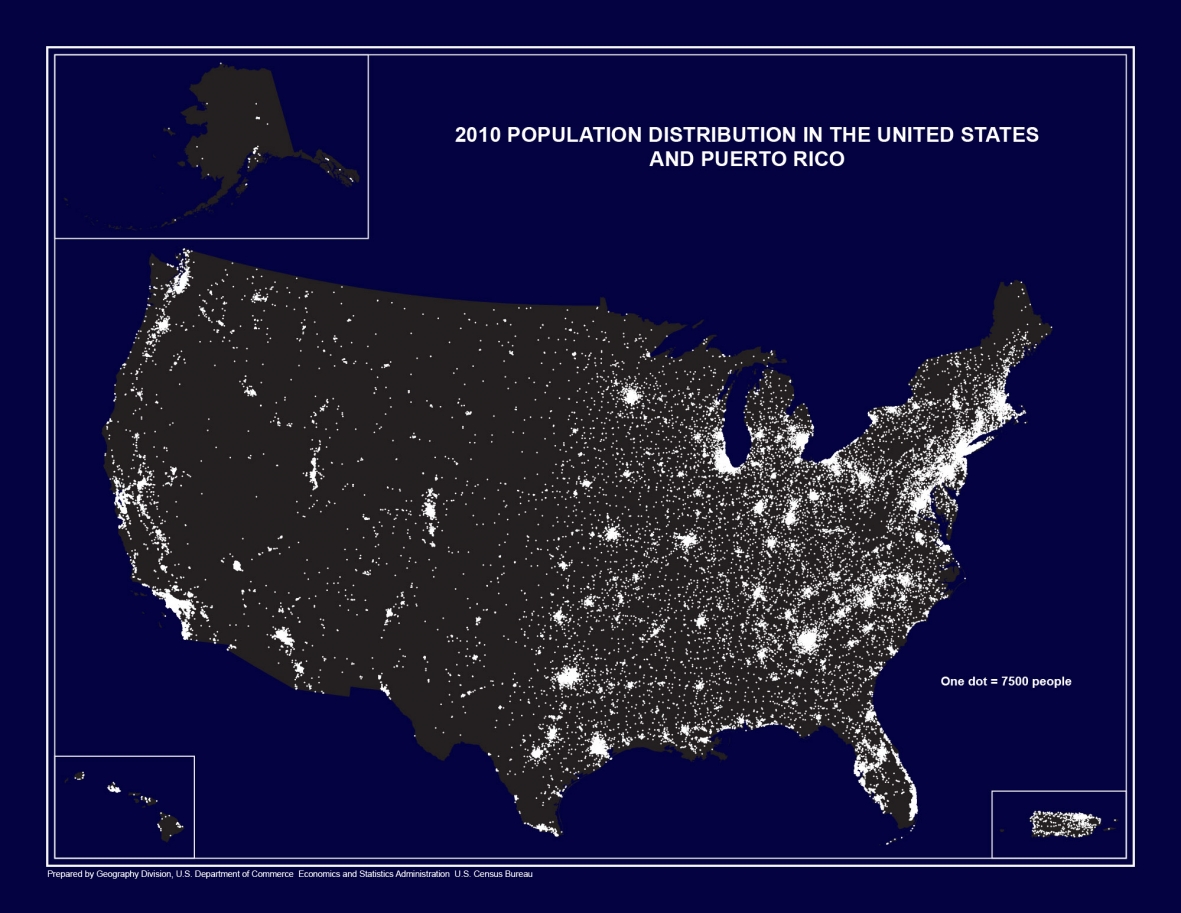
Photo by U.S. Census Bureau
2. Offshore Wind Resources are Near Most Americans: Nearly 80 percent of the nation’s electricity demand occurs in the coastal and Great Lakes states—where most Americans live. Offshore wind resources are conveniently located near these coastal populations, for example, in the Northeastern United States where some of the nation’s first offshore wind projects are planned. Wind turbines off coastlines use shorter transmission lines to connect to the power grid than many common sources of electricity.
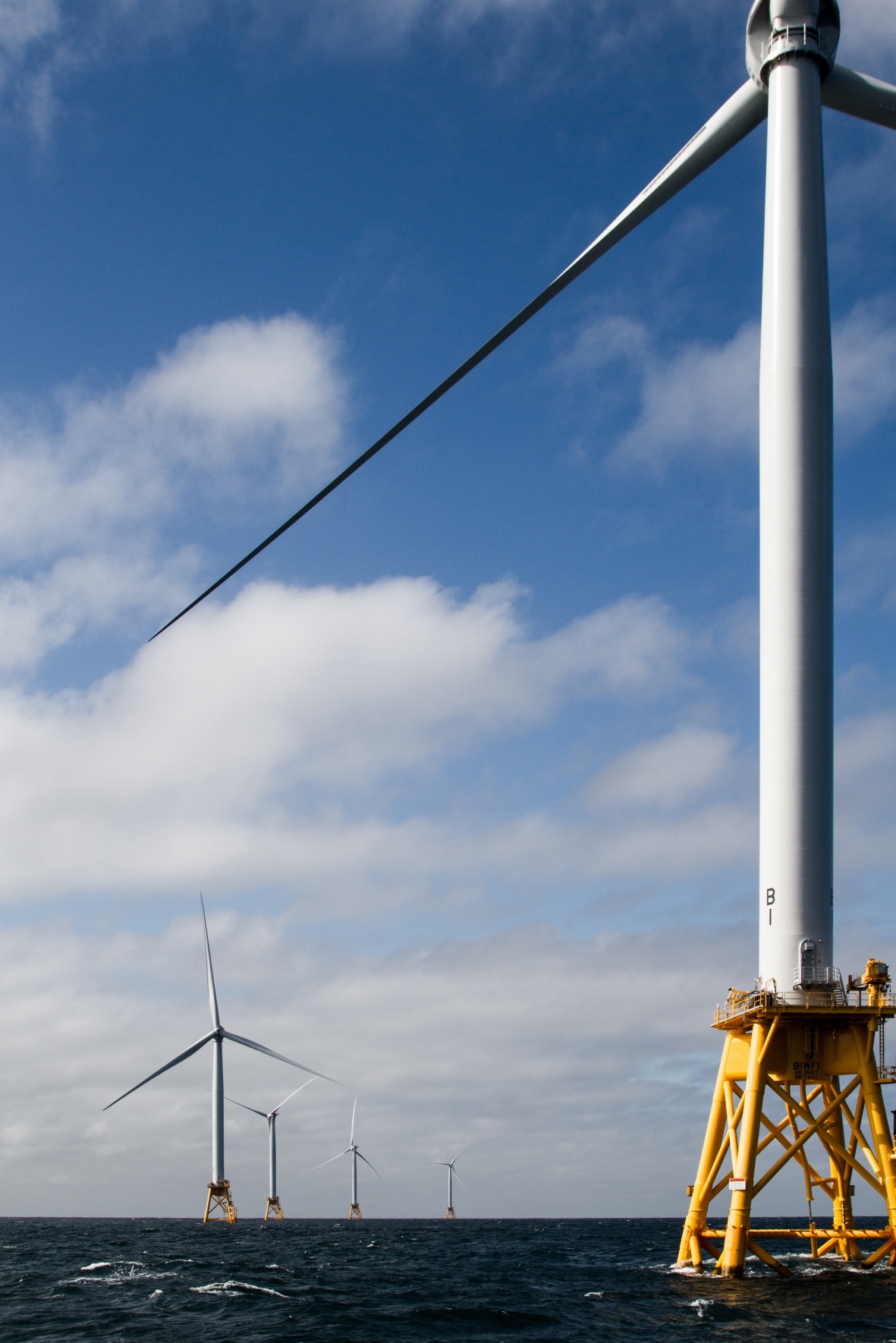
Photo by Gary Norton, NREL 41184
1. Offshore Wind is Here in America: In December 2016, Deepwater Wind completed the commissioning of the Block Island Wind Farm, marking a milestone as the nation’s first commercial offshore wind project. The 30-megawatt (MW) project comprises five 6-MW GE wind turbines installed in state waters off the coast of Block Island. The project included laying a power cable connecting the grid on Block Island, which only uses a small fraction of the power generated, to the mainland grid. There are over 20 offshore wind projects in various stages of development across the United States.


